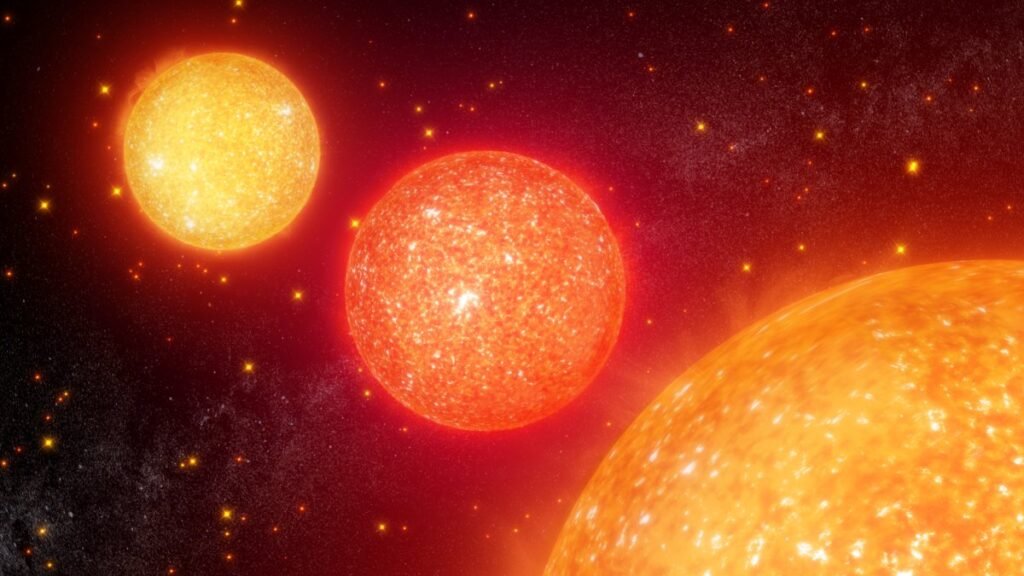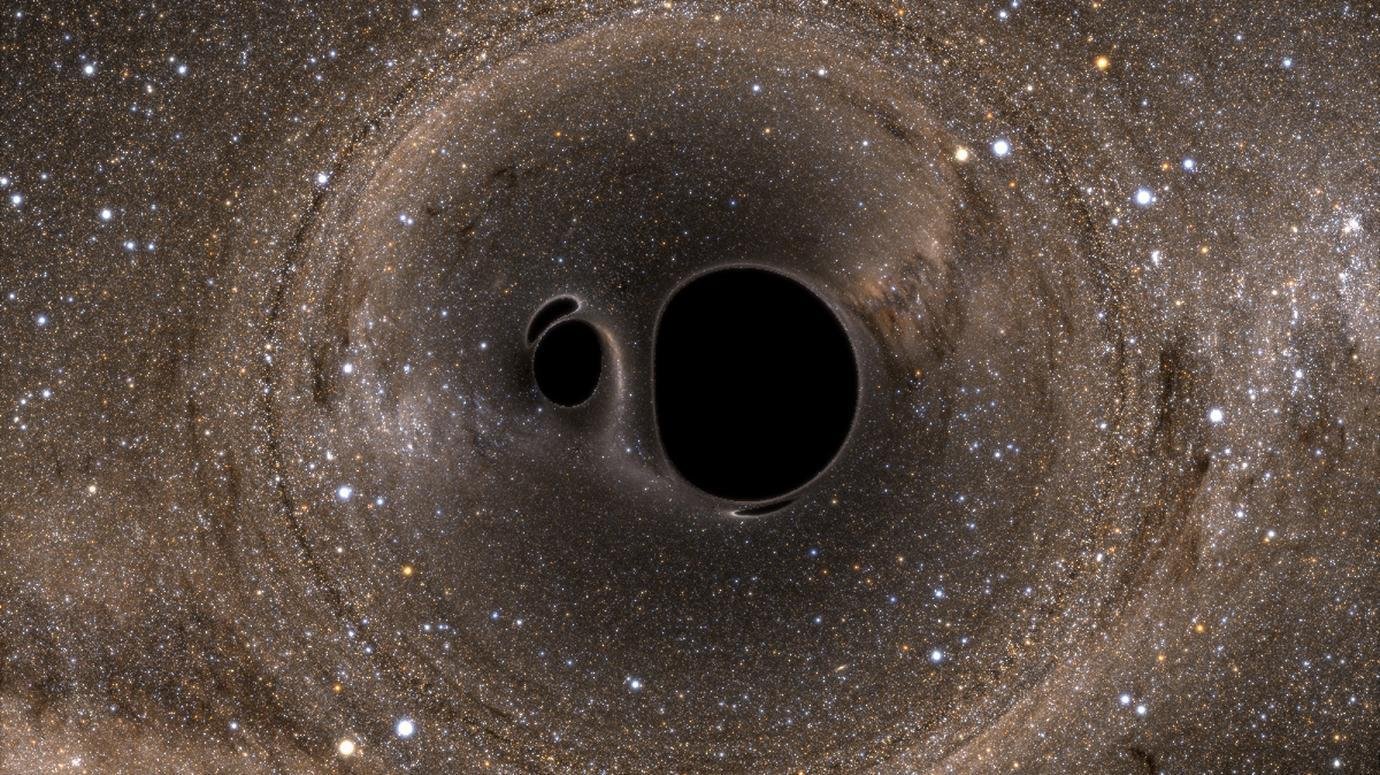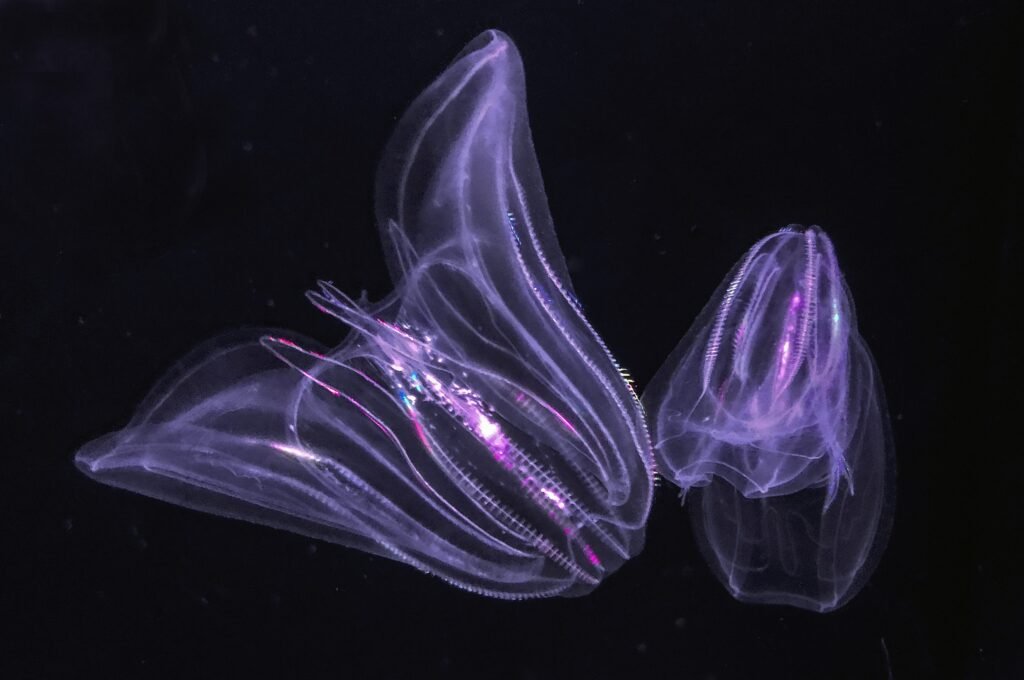Tiny black holes may exist inside stars, a new research reveals
New research reveals that tiny black holes may exist inside stars but it would not immediately consume its star suit. Astronomer Earl Bellinger conducted this research.
The night sky is filled with sparkling stars and nebulae, but they represent only a small portion of the cosmos. The visible elements of the cosmos account for just around 15% of total mass, with the rest attributed to unknown dark matter.
A recent study provides an unusual explanation for the missing mass. Researchers from the Max Planck Institute for Astrophysics discovered that many initial black holes could be hidden inside stars.
The research shows that initial black holes may become stuck in the clouds of stellar nurseries. Stellar nursery refers to an area of outer space within a dense nebula in which gas and dust are contracting. It results in the formation of new stars.
Impact of tiny black holes on stars
Stars could form around these centers of mass while there, but the black hole would not consume its star suit right away. The smallest early black holes would take longer than the age of the universe to consume the star.
However, the larger black holes may be able to complete the task in a few hundred mission years, and then astronomers may be able to detect this process.

Astronomers have discovered hundreds of low-temperature red giant stars and the researchers believe they may contain black holes.
They’d expect tiny black holes that may exist inside red giant stars. These stars appear to be burning hot as they start fusing heavier elements. According to a Science report, these so-called Hawking Stars would have surface vibrations and astronomers may detect it from Earth.
Technically, all this research shows is that early black holes might end up inside stars without breaking any known physical laws. We have no direct evidence that this occurs or that it may account for the missing mass in the universe. However, this research makes predictions that, if confirmed, could alter our perception of the universe.
Read More:
- Sea creature turns into a baby when it is stressed out showing time travel
- Realme Narzo 70 Turbo 5G launch date, features, specifications & price
- European Space Agency printed 3D metal part in space for first time
- Earth’s mysterious Alaska triangle where over 20,000 people disappeared
- Philips Hue launched a new smart lighting solution for kitchen
- NASA to launch life-searching spacecraft to Jupiter’s moon Europa
Share this content:










Post Comment